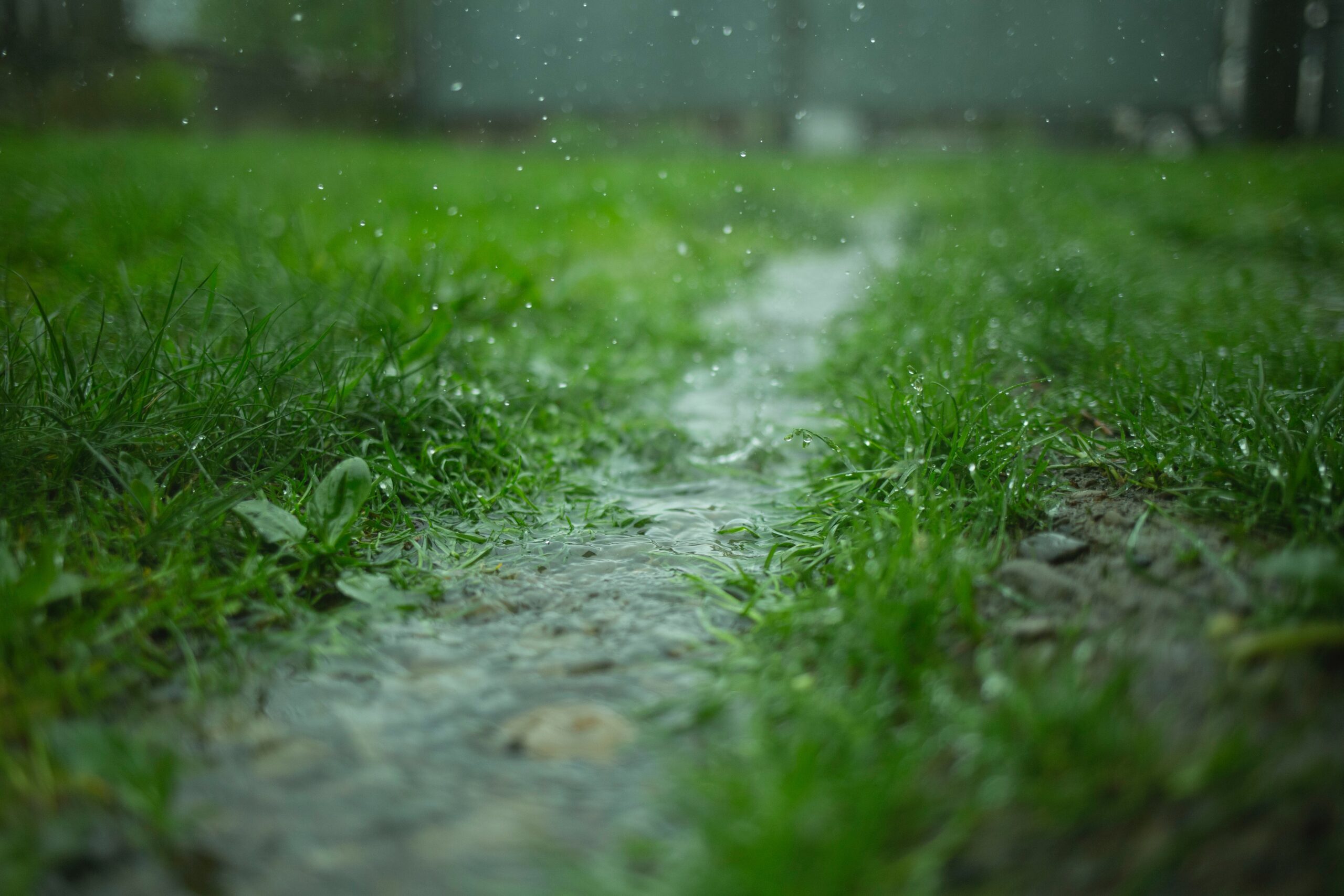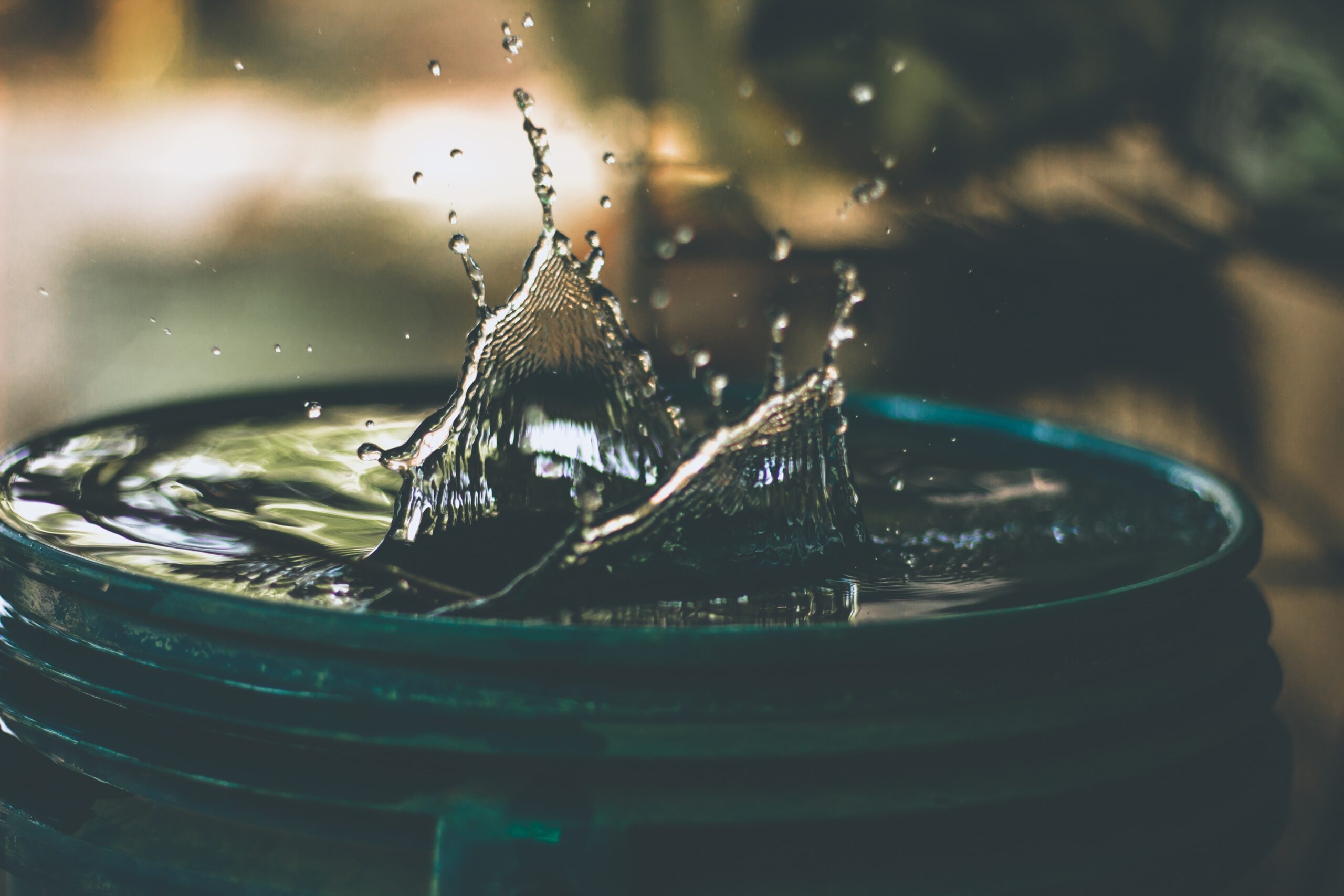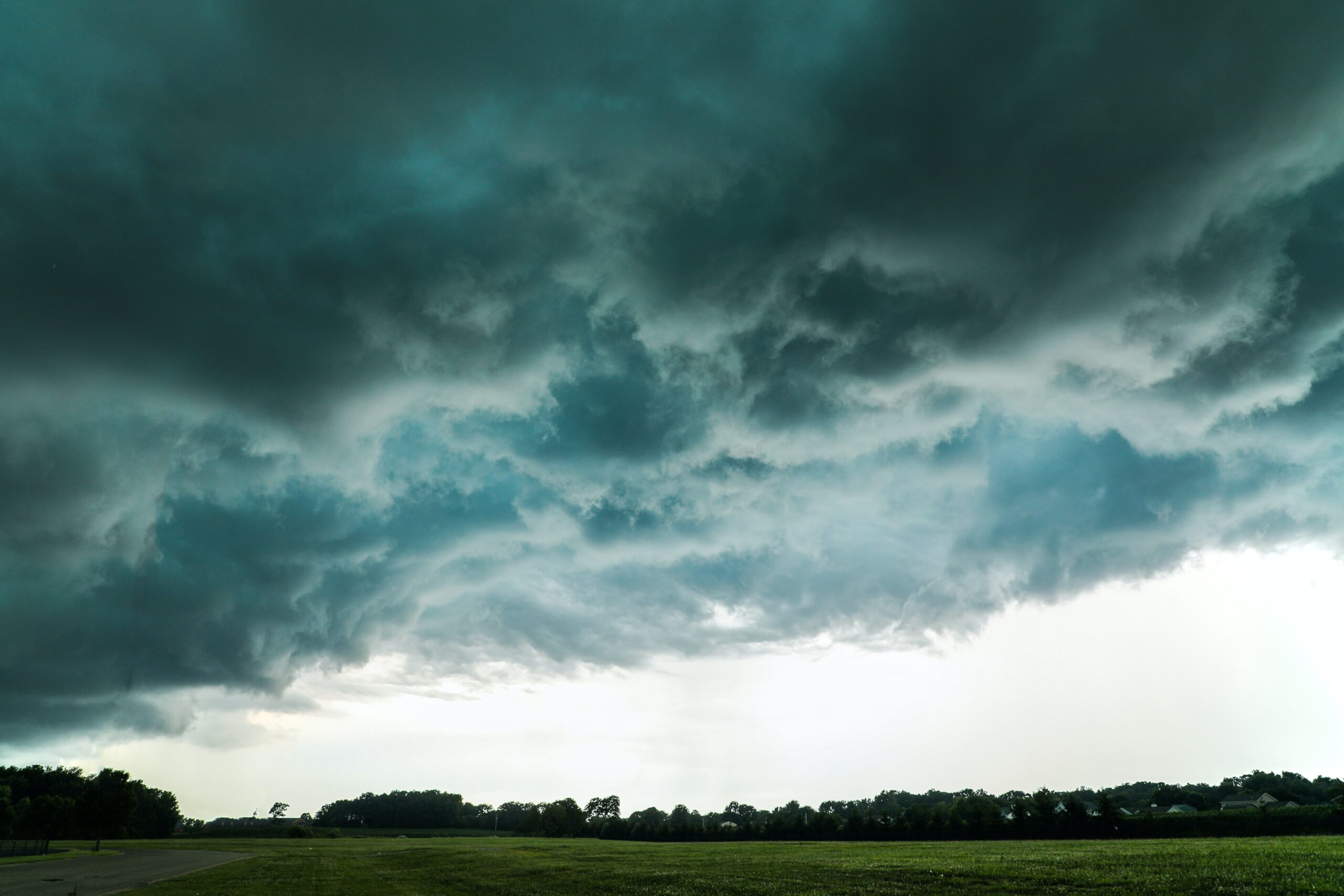Rainwater Harvesting: How to capture and store garden rainwater
Whilst our main focus is making the switch to more sustainable energy sources we’re still just as interested in finding other innovative ways to contribute to a cleaner and greener future. Collecting rainwater – or rainwater harvesting – is one such way.
The benefits of harvesting rainwater
The benefits of capturing and storing garden rainwater are both environmental and personal, and what’s more, you can collect and store rainwater in your garden all year round – especially if you live in a country which gets more than its fair share.
Collecting rainwater allows you to:
- Stop using mains water which is a precious and costly resource.
- Have a backup store of water during dry weather or drought which is an ever-present issue in countries whose temperature is steadily increasing.
- Save money as collecting rainwater is free once the initial investment has been made in equipment.
- Feed your precious plants better quality water. Rainwater has a lower pH level which can be very beneficial to acid-loving plants such as Azaleas, blueberries, and rhododendrons.
Why is rainwater harvesting a greener alternative to using water mains?
Collecting rainwater and using it for non-potable (non-drinkable) uses is considered a greener alternative to using the water mains for several reasons. For example:
Reduced demand for freshwater sources
By reducing the need to gather water from freshwater sources such as rivers, this helps to conserve these precious resources.
Energy conservation
A significant amount of energy is required to treat and distribute water through our water mains, using rainwater allows us to conserve this energy that would otherwise negatively impact our planet.
Reduced strain on our infrastructure
The creation and maintenance of water mains and treatment facilities is very costly in both the financial and environmental sense of the word.
A clean source of chemical-free, soft water
Rainwater is typically soft water, free from the chemicals commonly found in tap water, chemicals that certain plants find toxic.
Saving energy on your water usage and helping the environment by reducing strain on treatment and distribution facilities is all well and good – But how do you catch and store the rainwater in the first place?
How to catch the rain
By following the process below, you can easily catch rainwater in your garden.

What you’re going to need
To begin rainwater harvesting, you will need access to any structure that gathers water on its roof, like a greenhouse, shed or even your home itself. It needs only to have gutters and a downspout to help you guide the collected water into your chosen receptacle.

Some good examples of receptacles are:
- A water butt
- Wheelie bins or dustbins
- A large plastic storage container
- A plastic barrel
Find the best place to keep your container
As previously mentioned, you need to make sure your container is below a structure with gutters and a downspout but there are other considerations.
A large container will be very heavy when it’s full of water, so it must be placed on level ground to reduce the risk of it falling over and injuring yourself or your loved ones.
You should try and make sure that the container is kept in a place that is out of direct sunlight, as when the water is warmed up it will allow for bacteria growth and ruin any chance of providing your plants with good, clean rainwater.
When you’re not collecting water and you’re just storing it, you should make sure that your container has a cover secured over the top, such as a lid or a mesh grate. Covering up the top of the container will reduce the risk of wildlife or even small children and pets accessing it and falling in.
Let nature do its thing

Once you’re happy that your water container is in a suitable and safe location, prepped with a lid and everything is in working order, let nature do its thing.
Make sure you keep an eye on the water levels so that the container isn’t overflowing. Keep water levels manageable by using your carefully collected water as often as you can.
Pro-tip – keep an eye on the weather forecast for long spells of dry weather or drought and make sure you gather as much rainwater as you can beforehand, so you’re not left ‘high and dry’.
Maintenance
Regular checks of your water container will ensure top performance for many years to come, allowing you a constant source of fresh rainwater year-round. Some things to remember as part of your regularly scheduled maintenance are:
- Keep your gutters clear of debris – organic matter like leaves and moss are the usual culprits for blocked gutters.
- Conduct regular checks of the integrity of the lid – if insects like mosquitoes and midges can access the interior of your water container, they may lay their eggs there.
- If your lid becomes damaged and you’re unable to fully secure it, you could add a tablespoon of olive oil to the vessel. This will float to the top of the water and provide an additional barrier between the water and any insect invaders.
- Check the overall integrity of the container – cracks can form due to factors such as sunlight or just general wear and tear. Addressing these early can prevent any water loss.
- Empty and clean your water vessel out annually to prevent the build-up of dirt, debris, and even potentially harmful plant diseases. Visit the RHS for a comprehensive guide on how to do this properly.
What else can I do with my collected rainwater?

Being able to reduce your impact on the environment by feeding your precious plants your collected rainwater instead of from the mains is great, but there are other benefits of collecting rainwater, including:
- Washing/bathing pets – you can give your pets a bath in fresh, clean water free of charge.
- Composting – if you moisten your compost heap, it begins the composting process without the use of mains water, meaning the entire process is natural.
- Cleaning your Car/Vehicle – why go to an expensive carwash when you already have plenty of clean water to give your vehicle a spruce-up?
- Filling a pond – give your fish or even other wildlife a clean place to live or refresh themselves, creating a clean oasis in an urban landscape.
Take the challenge to help the environment further
Collecting and using rainwater instead of relying solely on the use of water mains is a simple way of conserving energy and making the most out of a sustainable alternative. This is what we’re all about at Challenge 2025, the use of sustainable energy sources in our green spaces.
We launched Challenge 2025 in 2020, with the vision that within five years, battery technology would become the principal power source for outdoor equipment. The use of battery power instead of petrol will lead to a significant reduction in harmful emissions and noise, whilst increasing safety and comfort for users.
Are you interested in innovative ways to reduce your impact on the environment around you? Do you want to learn more about emissions or climate change? – then sign up for our newsletter below and keep an eye on our blog for updates on how we’re helping create a future that’s cleaner, quieter and safer.